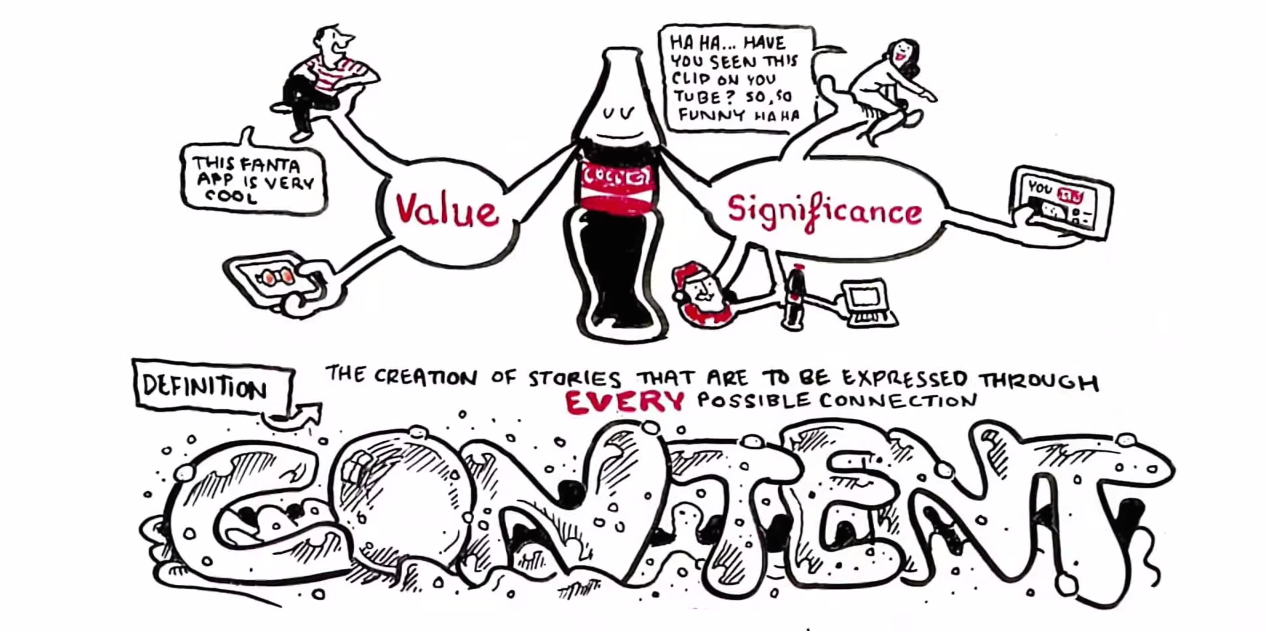TL;DR – Facebook, 3 years ago. Cars still have a little way to go. All hail Zuckerberg.
Remember the Diffusion of Innovations model? At its most basic, it’s a normal distribution ‘bell curve’ that divides market penetration into five key adopter groups – Innovators, Early Adopters, Early Majority, Late Majority and Laggards. Sitting at 16% penetration (the divide between Early Adopters and Early Majority) is the fabled ‘chasm’ or ‘tipping point’: the jump that a technology, innovation or product makes to move from ‘niche' to mass-market.
Generally, we see products and technologies mapped on this curve in relation to their penetration within a particular market (e.g. the US), whereby most major tech brands (e.g. Instagram, Netflix, etc.) are comfortably in the mass-market region. But what happens if you map these brands or technologies based on their global penetration? Driven by his own curiosity, this is precisely what AI researcher Sean Everett has recently calculated, and presented in a recent opinion piece on Medium.
Looking at the bell curve model in relation to the global population, Everett has calculated that a technology or product can be said to have reached mass market status once it exceeds approximately 1.2 billion active users. So which modern technologies fall into this category? Well it’s generally what you’d expect – wide-reaching technological platforms such as Radio, SMS, the Internet, Email, and even Smartphones. Oh that’s right, and Lord Zuckerberg’s increasingly omnipotent Facebook.
Yep Zuck’s blue empire crossed the 1.2 billion mark back in 2013, and at 1.65 billion active users today it’s approaching 25% penetration.
To put that into perspective, there’s an estimated 1 billion active cars on the road today – which puts cars at about 13% penetration, and still a little way off that mass market tipping point.
Also sitting at about 1 billion active users are Gmail, Apple products, and WhatsApp (yet another pillar of Zuck’s empire). Then sitting under them, at less than 10% global penetration are some of the other big hitters – Instagram (yep…), Spotify, Amazon, Twitter, etc. And then at less than 1% penetration are other seemingly massive players such as Netflix and Snapchat.
From a tech point of view this really puts things into perspective, and displays the true power and influence of the ever-expanding Facebook empire. To take this one step further, whilst Facebook do not seem to disclose their total unique active users across all of their platforms (Facebook, WhatsApp, Messenger, Instagram), we can quite easily assume that they’ve passed the 2 billion mark.
Just think about that from an advertising perspective. There’s over 2 billion people that Facebook could individually serve advertising to. It’s probably time we reconsidered the importance of Facebook in our communication strategies.









